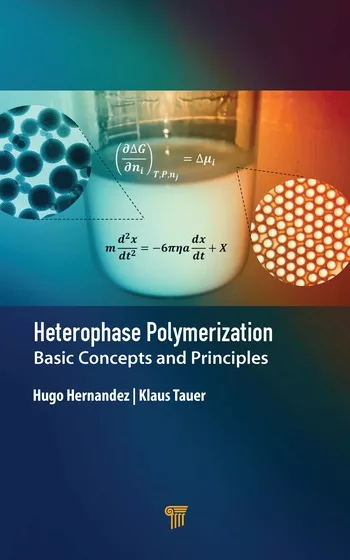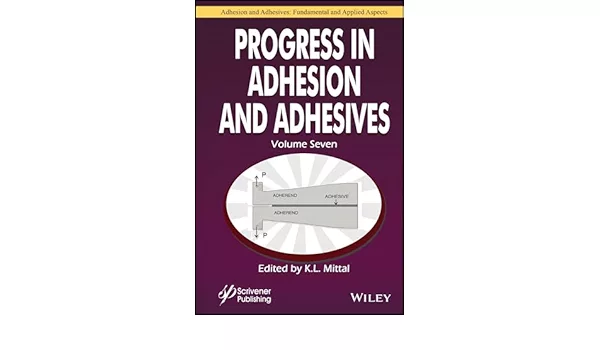Ask Dr. Dave
February 2005
QUESTION: We are interested in formulating an epoxy adhesive to act as an electrical insulator for high-temperature thermal controls. Can you offer any guidelines?
ANSWER: A number of epoxy monomers and hardeners are available. For your intended application, it is important to have good heat resistance coupled with good dielectric strength that does not deteriorate on aging. The most common epoxies for this application use blends of epoxy resins incorporating standard liquid resins with high molecular weight epoxy novolacs to get highly functional resins that are heat resistant after curing. Several potential hardeners can cure these, but I would recommend evaluating anhydride hardeners for this particular application. Anhydrides should provide desirable final properties but suffer from the disadvantage of requiring long cure times at high temperatures, which, of course, seriously affects productivity. However, there are additives that will speed up the curing; your anhydrides supplier can help you in selecting the best formulation.
QUESTION: We are just beginning to manufacture 100% solid acrylic adhesives that are cured by activators or by UV radiation. Can you help us sort out the wide range of acrylate and methacrylate monomers that are offered?
ANSWER:This is a very broad question that is difficult to answer in this short column. In fact, you are very lucky to be formulating in today's environment where there is such a large selection of monomers available. In general, acrylate monomers tend to cure much faster than methacrylates but tend to be somewhat more brittle and are more likely to be skin and eye irritants. Adhesives formulators tend to use methacrylate monomers rather than acrylates, one of the major reasons being that adhesion is normally better with these monomers. Methacrylates are available that are monofunctional, difunctional or trifunctional. Monofunctional monomers are used for fast-curing adhesives and can be fairly flexible, particularly when formulated with rubber additives. Di- and trifunctional monomers are added to confer heat and solvent resistance, and are in fact the primary monomers used in anaerobic threadlockers and sealants. The selection of monomers is also dependent on the materials being bonded, with certain monomers being suitable for metals and others designed primarily for bonding plastics and composites. An important development in recent years is the marketing of so-called "oligomer resins," which are short-chain polymers containing reactive groups. These are commonly urethane acrylate or urethane methacrylate oligomers and can act as reactive plasticisers, toughening agents or cure enhancers.
Q&A Exchange is written by Dr. Dave Dunn of F.L.D.Enterprises, a technical consultancy and full-service industrial market research firm specializing in the adhesives, sealants, specialty rubbers, and plastics fields. Dr. Dave is a former vice president and director of Loctite Corp., and has spent many years troubleshooting adhesive and sealant problems. Questions for publication should be directed to him at 242 Trails End, Aurora OH 44202; (330) 562-2930; FAX (865) 251-9687; e-mail DrDave242@att.net ; or visit http://www.fldenterprises.com .
QUESTION: We are interested in formulating an epoxy adhesive to act as an electrical insulator for high-temperature thermal controls. Can you offer any guidelines?
ANSWER: A number of epoxy monomers and hardeners are available. For your intended application, it is important to have good heat resistance coupled with good dielectric strength that does not deteriorate on aging. The most common epoxies for this application use blends of epoxy resins incorporating standard liquid resins with high molecular weight epoxy novolacs to get highly functional resins that are heat resistant after curing. Several potential hardeners can cure these, but I would recommend evaluating anhydride hardeners for this particular application. Anhydrides should provide desirable final properties but suffer from the disadvantage of requiring long cure times at high temperatures, which, of course, seriously affects productivity. However, there are additives that will speed up the curing; your anhydrides supplier can help you in selecting the best formulation.
QUESTION: We are just beginning to manufacture 100% solid acrylic adhesives that are cured by activators or by UV radiation. Can you help us sort out the wide range of acrylate and methacrylate monomers that are offered?
ANSWER:This is a very broad question that is difficult to answer in this short column. In fact, you are very lucky to be formulating in today's environment where there is such a large selection of monomers available. In general, acrylate monomers tend to cure much faster than methacrylates but tend to be somewhat more brittle and are more likely to be skin and eye irritants. Adhesives formulators tend to use methacrylate monomers rather than acrylates, one of the major reasons being that adhesion is normally better with these monomers. Methacrylates are available that are monofunctional, difunctional or trifunctional. Monofunctional monomers are used for fast-curing adhesives and can be fairly flexible, particularly when formulated with rubber additives. Di- and trifunctional monomers are added to confer heat and solvent resistance, and are in fact the primary monomers used in anaerobic threadlockers and sealants. The selection of monomers is also dependent on the materials being bonded, with certain monomers being suitable for metals and others designed primarily for bonding plastics and composites. An important development in recent years is the marketing of so-called "oligomer resins," which are short-chain polymers containing reactive groups. These are commonly urethane acrylate or urethane methacrylate oligomers and can act as reactive plasticisers, toughening agents or cure enhancers.
Q&A Exchange is written by Dr. Dave Dunn of F.L.D.Enterprises, a technical consultancy and full-service industrial market research firm specializing in the adhesives, sealants, specialty rubbers, and plastics fields. Dr. Dave is a former vice president and director of Loctite Corp., and has spent many years troubleshooting adhesive and sealant problems. Questions for publication should be directed to him at 242 Trails End, Aurora OH 44202; (330) 562-2930; FAX (865) 251-9687; e-mail DrDave242@att.net ; or visit http://www.fldenterprises.com .
Looking for a reprint of this article?
From high-res PDFs to custom plaques, order your copy today!





